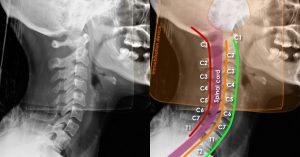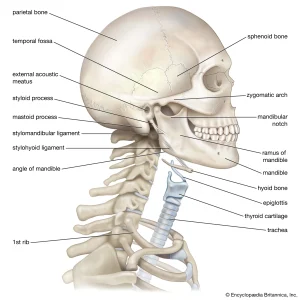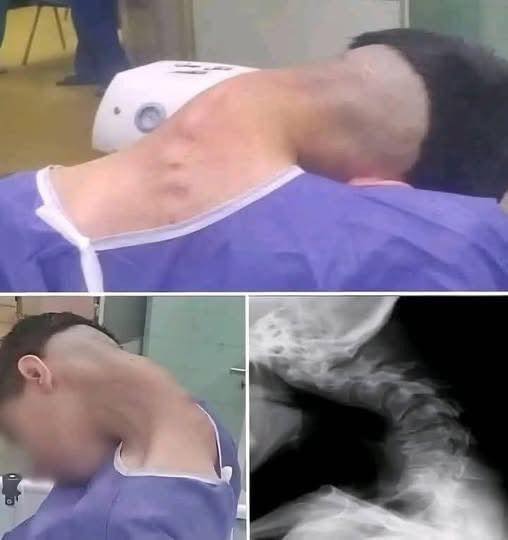In September 2022, an 18-year-old laborer in India became the victim of a freak workplace accident—one that left doctors puzzled and safety experts alarmed. A heavy metal beam fell onto his head, causing a spinal injury so unique that it didn’t match any known medical classification. Tragically, he died within 48 hours, leaving behind critical lessons about workplace safety and emergency medicine.
The young man collapsed immediately after impact, struggling to breathe and slipping into shock. Paramedics rushed him to the hospital, where scans revealed a horrifying injury: his C5 vertebra had shattered and been pushed backward into his spinal canal, while his C6 vertebra also fractured. What made this case unusual was the absence of dislocations or breaks in the surrounding joints—something never before documented in spinal trauma cases.

Doctors attempted emergency interventions, including intubation and cervical traction, but the damage was too severe. The compression on his spinal cord led to rapid neurological decline, and he succumbed to his injuries just two days later.

This case challenges existing medical classifications, which failed to account for such an injury pattern. Typically, spinal fractures are categorized based on dislocations, ligament damage, or burst fractures—but this was different. The “nutcracker-like” compression of the C5 vertebra, without any associated joint damage, suggests that current diagnostic models may need updating.

Beyond its medical implications, this tragedy highlights glaring workplace safety failures. Heavy objects stored overhead, lack of proper helmets, and insufficient emergency protocols all contributed to this preventable death. Employers must enforce stricter safety measures—like securing overhead materials and mandating protective gear—while medical teams should remain vigilant for atypical spinal injuries that don’t fit standard classifications.
This young man’s death is more than a statistic—it’s a call to action. Better safety practices and improved medical awareness could prevent similar tragedies in the future.


